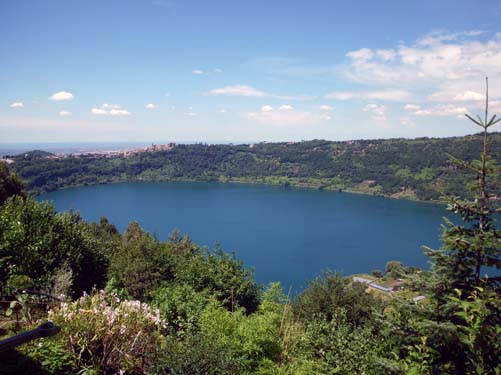
Nemi is a crater Lake about 30 kilometers from Rome.
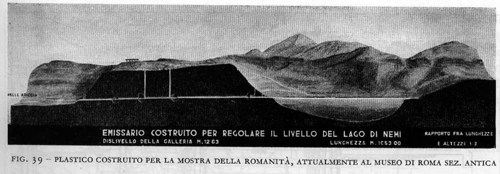
In 1927, engineers drained the lake by opening an ancient Roman tunnel/aqueduct,
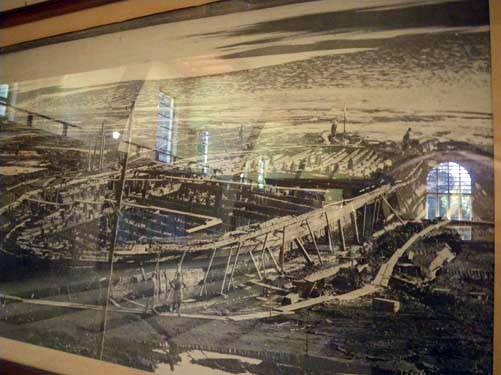
to excavate two huge ships.
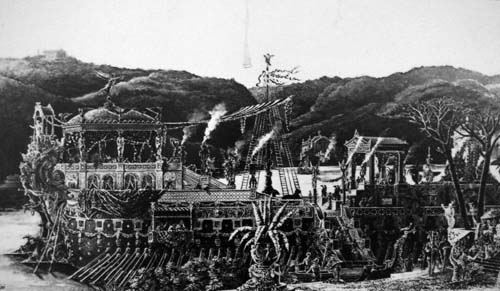
They were believed to be the legendary pleasure barges of emperor Caligula, made in the 1st century AD.
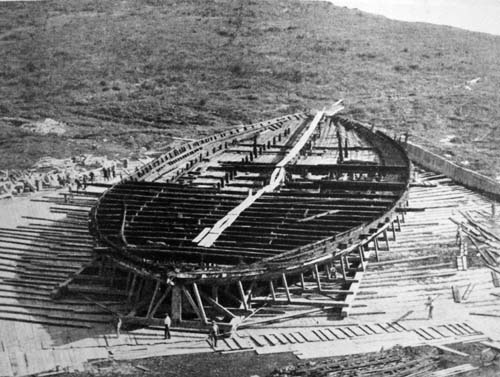
The mud had perfectly preserved the two hulls, but exposed to dry air, they immediately began to shrink and crack.
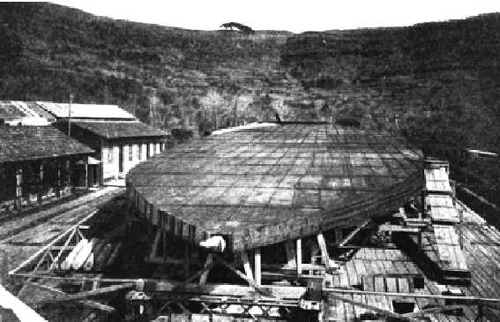
The ships were enclosed in wood, soaked with wet towels, tar, solvents, even formalin to stop the decay.
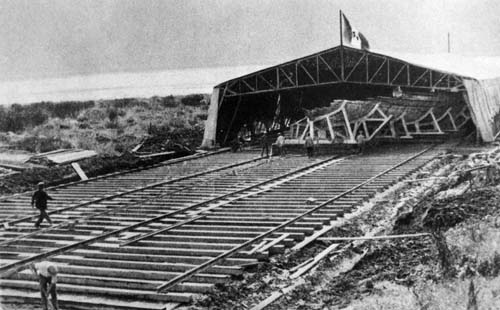
They were rolled up away from the lake,
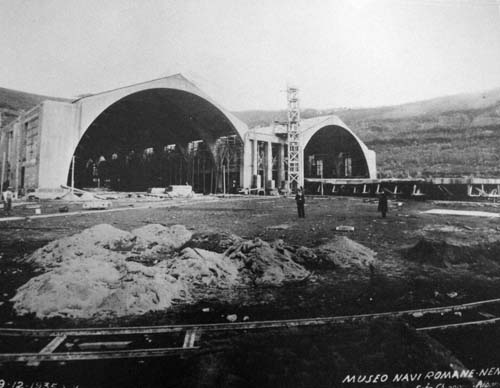
and huge silos were built around each one.
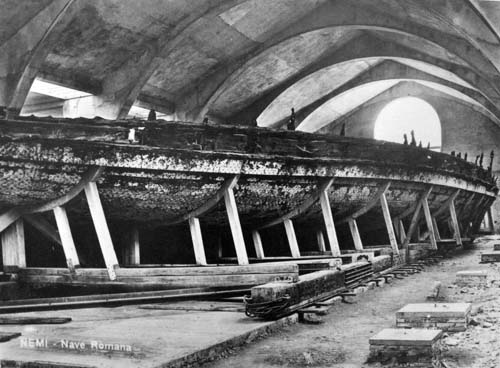
A museum of Roman Navigation was created around the ships.

But Nemi was bombed during World War II, and the ships were burned to nothing.
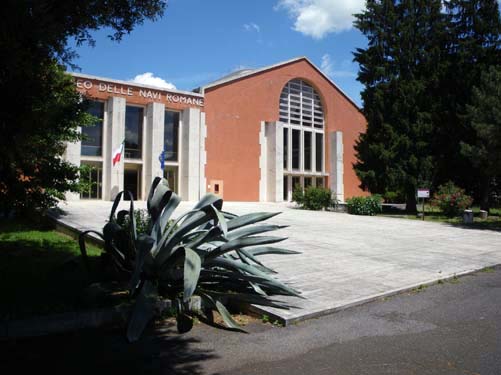
The Museum still stands today on the shore of Lake Nemi.
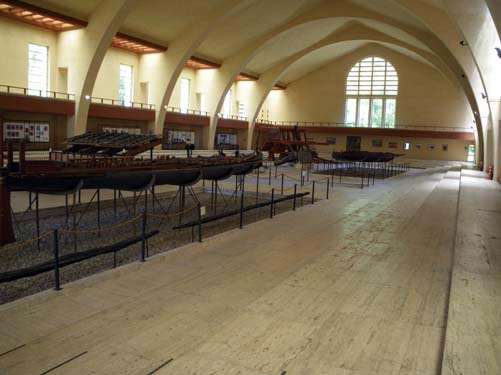
It houses two small replicas of the ships;
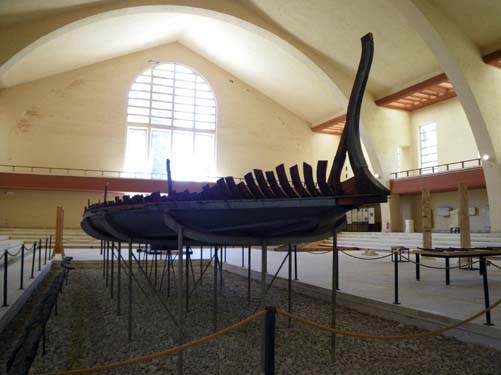
beautiful and fragile looking inside the monumental space they once filled.
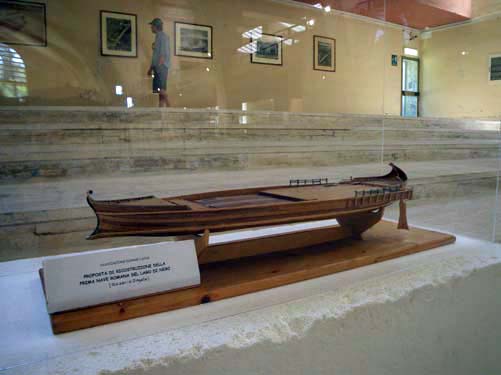
Jeff Williams and I went to visit the lake and ships and we marveled at the tiny models,
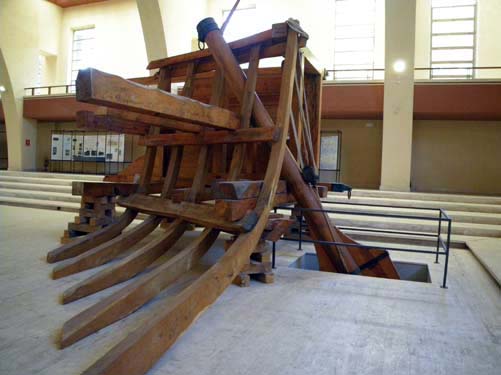
and large ones.

In fact they are making a 1:1 replica of one ship. They started eight years ago, and here is just the keel.

We drove around the lake to try and find a place to get my boat into the water.
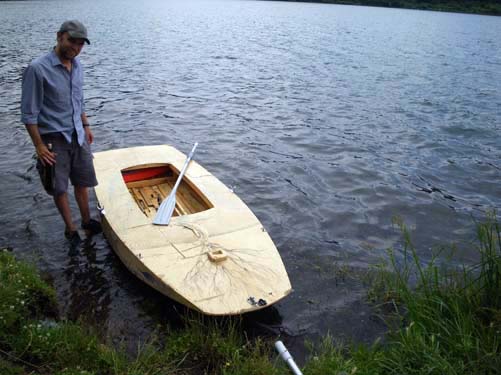
“At the very least we should drink some wine out there,” said Jeff. “For Caligula.”
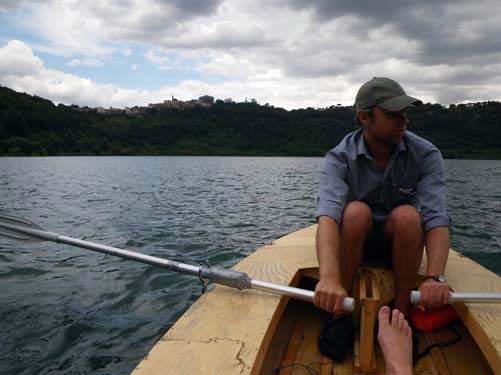
The lake is perfectly circular,
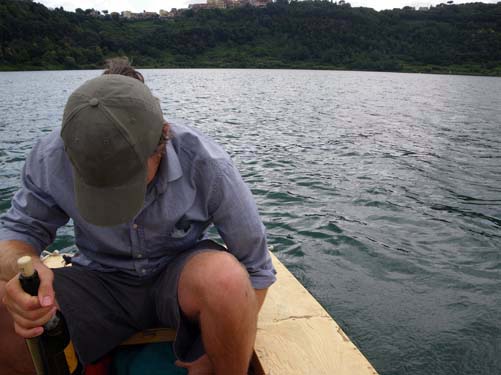
and Medieval cities peer down from the crater on both sides.
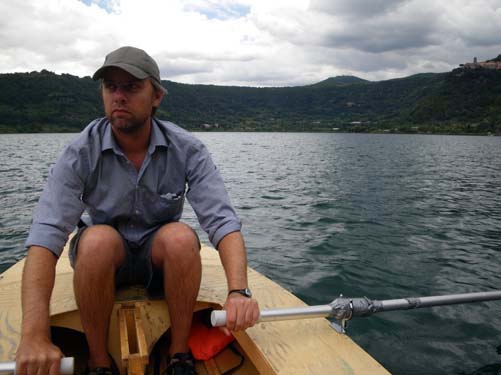
There was no one else out on the lake; no boats, no one fishing or swimming.

We were in the middle of a perfect theater, standing as it must have for thousands of years.
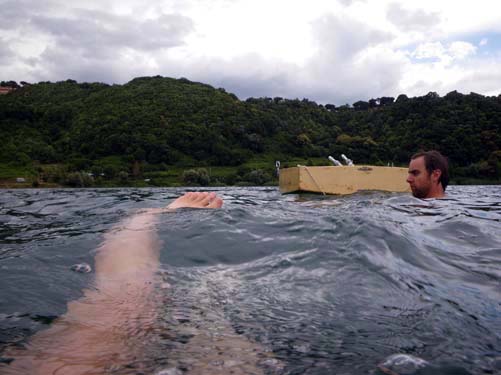
“Maybe something is wrong with the water.” said Jeff.
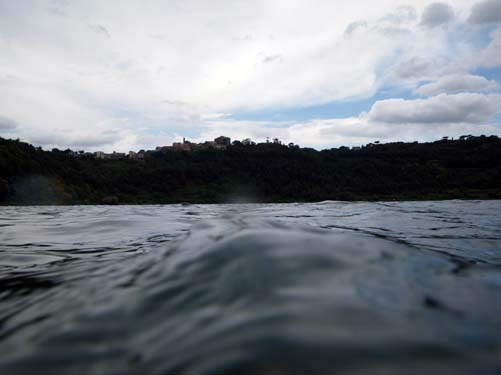
What else could be down there, stuck in the mud where the ships were buried?
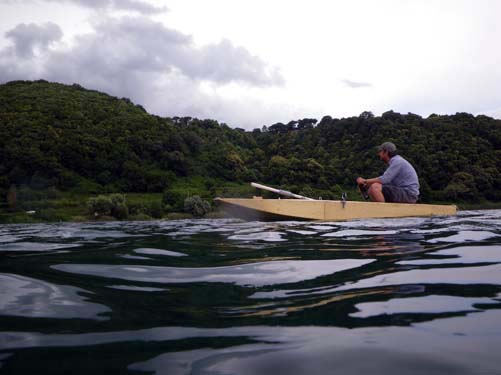
Storm clouds were rolling in over the crater,

so we packed up to drive home.
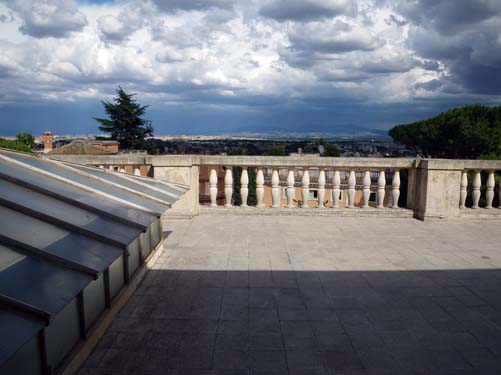
From the roof of the American Academy, I could just make out the Nemi Crater, many miles to the South of Rome.
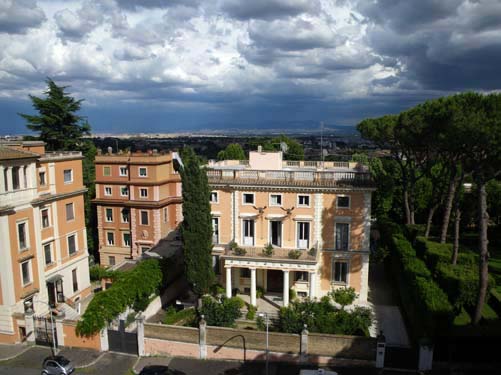
It always looks like that, shrouded in mist even on a sunny day.
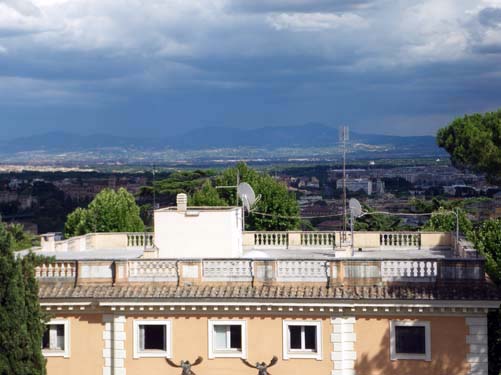
I read that when they drained the lake, the crater underwent a series of seismic convulsions; tremors, landslides and massive spouts of mud that bubbled up from the substrata.
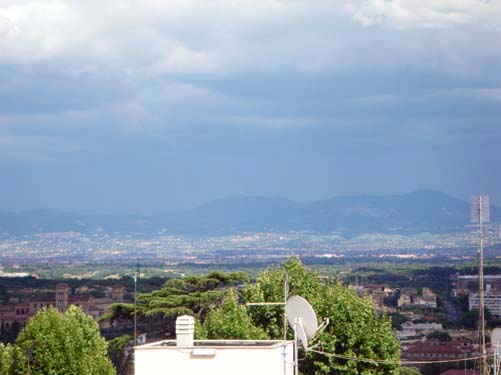
It must have been because of the shifting pressure in the crater. It was estimated over 40 million cubic metres of water had been drained from the lake. But there were some who believed the geologic activity was supernatural.
↑ Return to Top of Page ↑